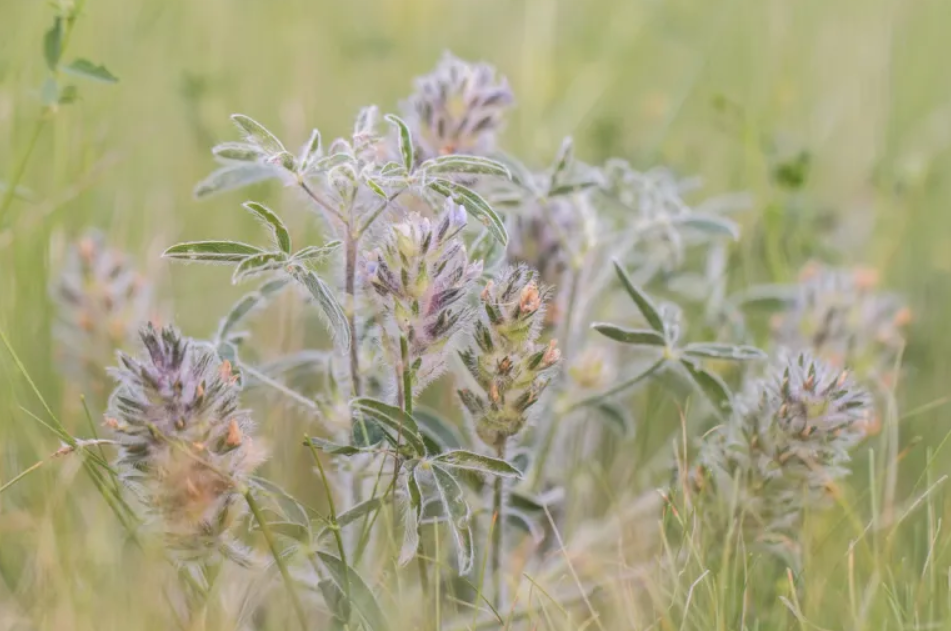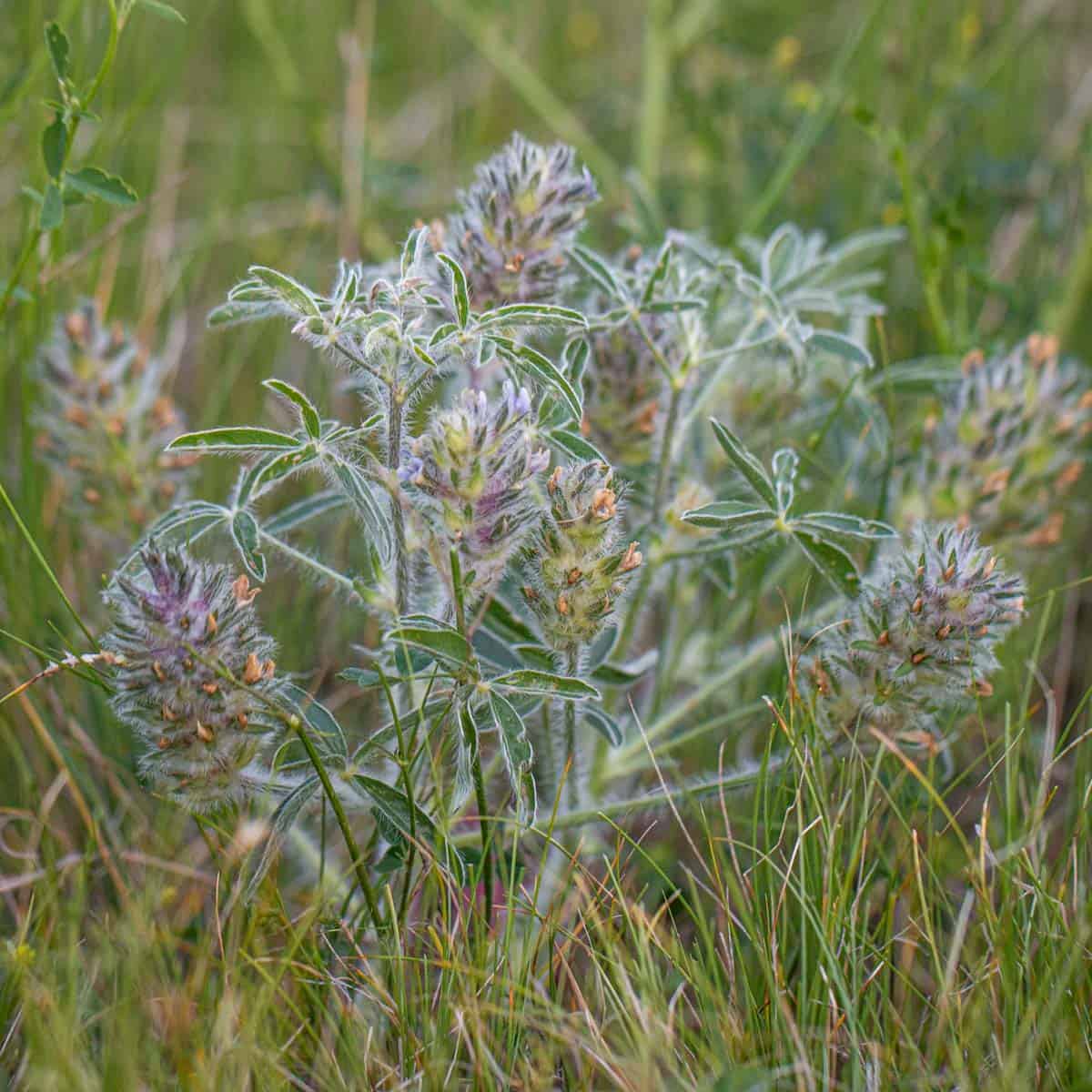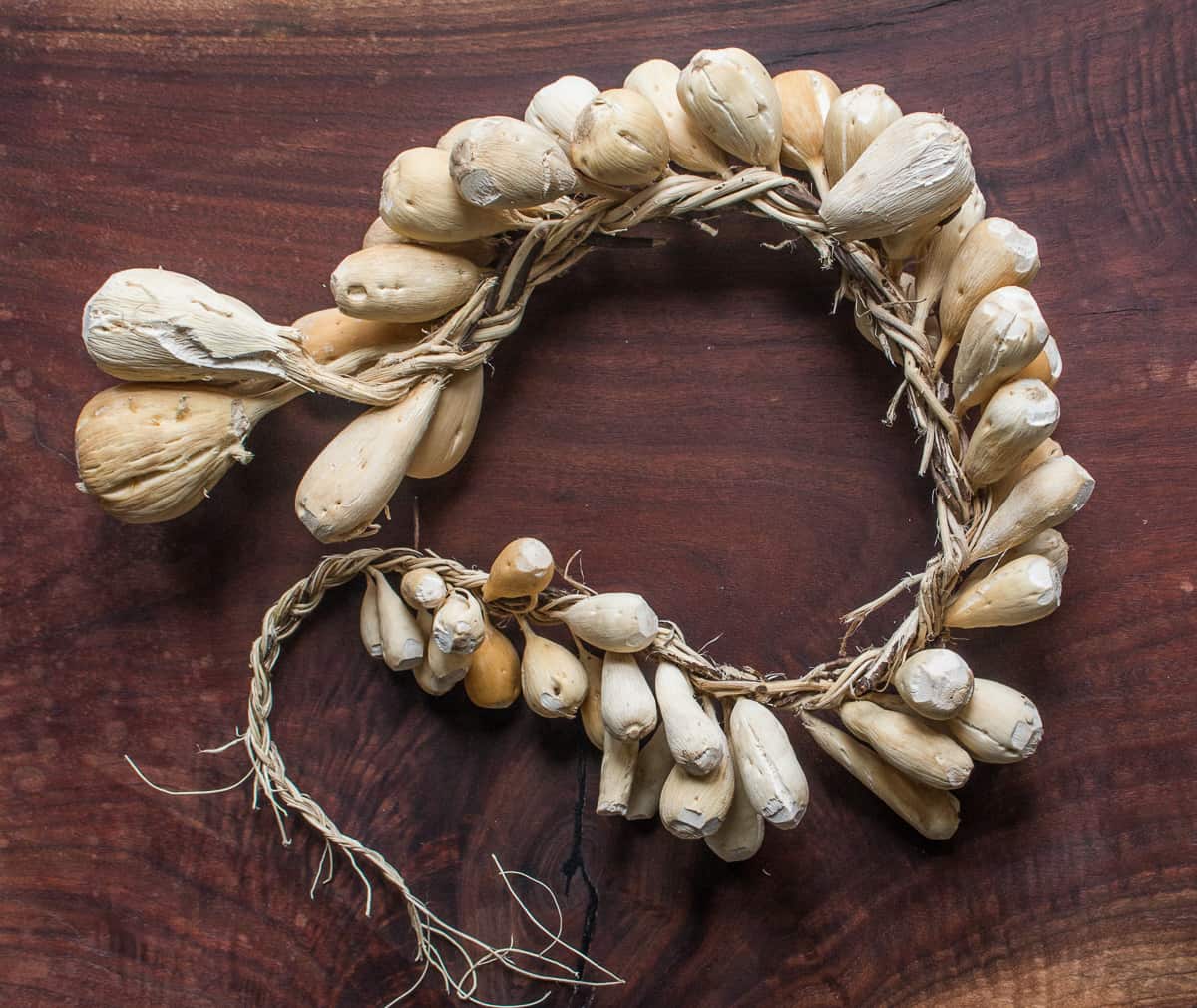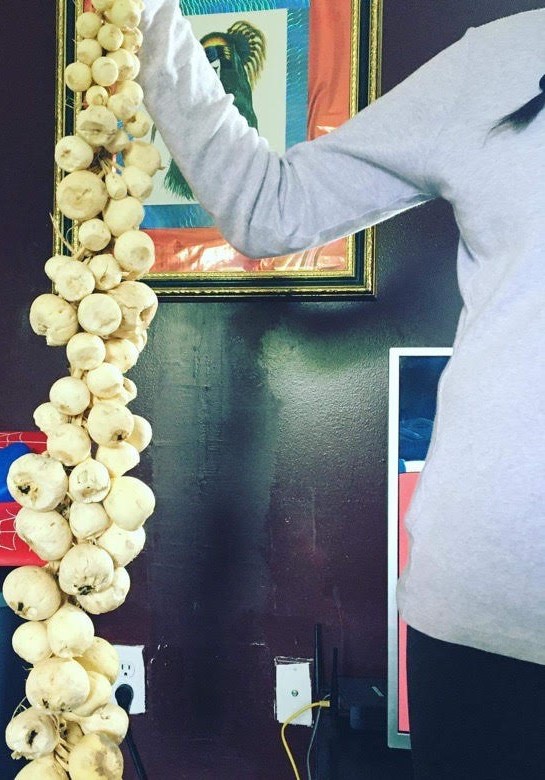
The image above describes one version of the protocol that members of the Oceti Sakowin are taught to follow when harvesting. Keep in mind that this is specific to tinpsinla and the root/tuber is utiziled. Expressing gratitude includes saying a prayer or having good thoughts when you are beginning harvest. Appropriate offerings include traditional plants such as cansasa (red willow dogsier) and a small serving of edible plants like chokecherry. One of the most important aspects of harvesting is dispersing the seeds after. There are two methods that are often used which include: replacing the flower in the hole or setting the flower inside of it. You cannot forget to do this because this is our way of giving back to the plant relatives. When we disperse the seeds we are maintaining that relationship we have with tinpsinla. The root is collected, cleaned (scrubbed and rinsed), and braided for future storage. Additionally, it is our responsibility to avoid taking all of the tinpsinla in one area. It is best to leave some tinpsinla for the next person and to avoid overharvesting. Some people will tell you to never pick the tallest tinpsinla because it is the oldest.





